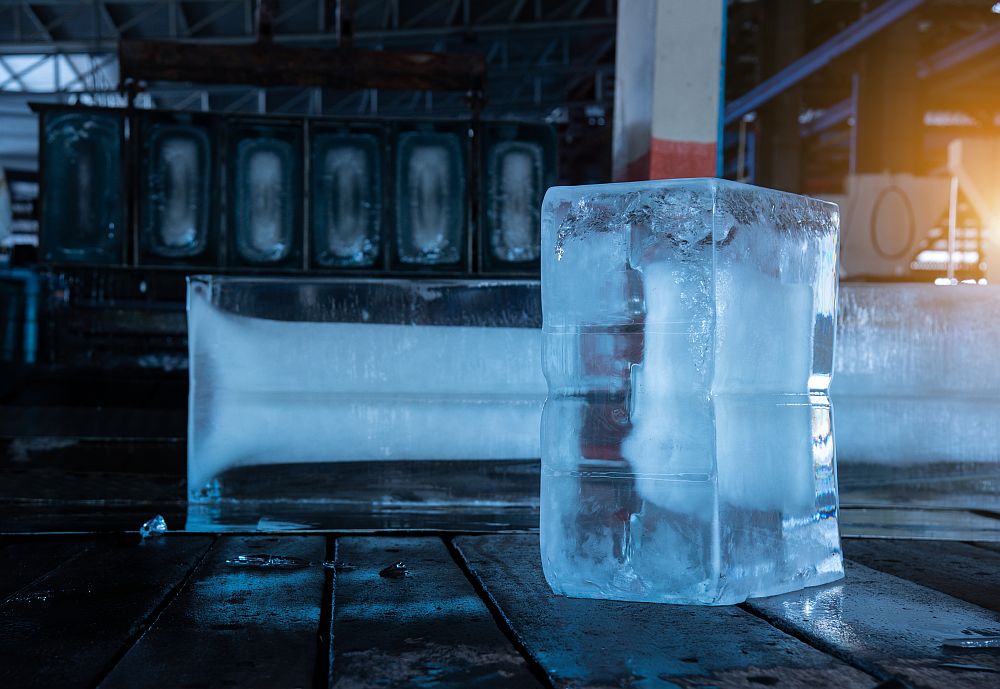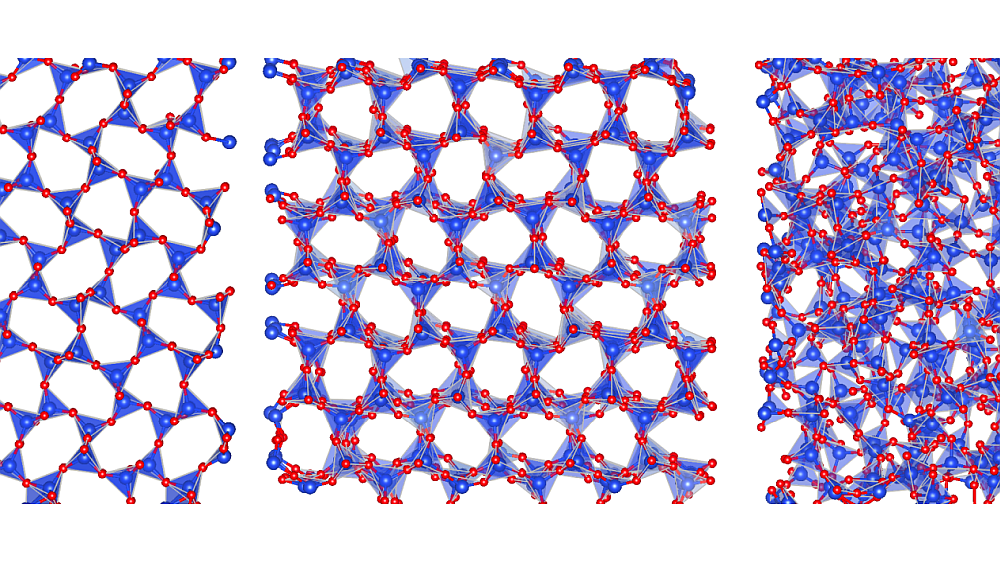[Image above] A new highly durable ceramic aerogel created by an international research collaboration is so lightweight that it can rest on a flower without damaging it. Credit: Xiangfeng Duan and Xiang Xu, University of California, Los Angeles
The last few weeks in space news has focused pretty extensively on one thing: the loss of Opportunity, NASA’s Mars rover.
Opportunity, which landed on Mars in 2004, lasted an astonishing 15 years, far exceeding the planned 90-day mission. And as tear-inducing comics fill our newsfeeds (I sniffle even thinking about Oppy’s last message), science must go on, and NASA has quite a few missions planned to explore Mars and other moons this coming decade.
To successfully complete these planned missions, satellites and rovers must be able to withstand the intense heat and severe temperature changes inherent to space missions. And one way they do so is through use of aerogel.
Aerogel refers to a solid, porous, ultralight material created by removing liquid from a conventional gel. It is considered one of the finest insulation materials available and was used to keep Opportunity and its twin rover Spirit warm on Mars!
The most common type of aerogel is made from silica, but scientists have experimented with creating aerogel from different ceramics as well. However, many ceramic aerogels are brittle, and after repeated expansions and retractions when the aerogel is heated and cooled, the aerogel structure can lose strength and collapse.
How might we increase the durability of ceramic aerogels so they can better aid the next generation of space missions? Sometimes, the best way to expand our horizons is to contract our expectations.
An international team of researchers from the United States, China, and Saudi Arabia recently published a paper on a new ceramic aerogel they developed that withstands extreme heat and repeated temperature spikes better than other ceramic aerogels because of a unique property—instead of expanding when heated, it contracts.
“The key to the durability of our new ceramic aerogel is its unique architecture,” Xiangfeng Duan, a professor of chemistry and biochemistry at the University of California, Los Angeles, says in a UCLA press release. Duan led the research along with Yu Huang (UCLA professor of materials science and engineering) and Hui Li (professor of civil engineering and mechanics at Harbin Institute of Technology in China).
The reason their ceramic aerogel contracted when exposed to heat rather than expanded is due to its negative-index properties. Materials with a negative Poisson’s ratio expand when they are stretched and contract when they are compressed; similarly, materials with a negative thermal expansion coefficient contract when they are heated and expand when they are cooled. The ceramic aerogel in this research had both properties. (Curious what materials with negative-index properties look like in practice? Check out this video of auxetic foam displaying a negative Poisson’s ratio!)

To create their ceramic aerogel, the researchers first produced specially-designed 3D graphene aerogel templates, and they used these templates to synthesize two ceramic aerogels—hexagonal boron nitride aerogels (hBNAGs) and β silicon carbide aerogels (βSiCAGs)—using a chemical vapor deposition process. They ended up with aerogels containing interior “walls” reinforced with a double-pane structure, which reduced the material’s weight and contributed to its insulating abilities.
Though two ceramic aerogels were created for this research, “[f]or simplicity, we focus our discussion on hBNAGs,” the researchers explain in the paper.
The UCLA press release describes what tests the researchers put their ceramic aerogels through—tests that would have likely caused other aerogels to fracture.
“[E]ngineers raised and lowered the temperature in a testing container between [-198ºC] and [900ºC] above zero over just a few seconds,” the press release describes. “In another test, [the ceramic aerogel] lost less than 1 percent of its mechanical strength after being stored for one week at [1,400ºC].”
Even though the researchers focused on describing the response of hBNAGs, they did mention a significant finding when compared to βSiCAGs.
“We found similar superelastic behavior (strain up to 95%) in βSiCAGs,” the researchers say in the paper. “[This finding indicates] that the templating method should be a general one for making elastic ceramics.”
Duan notes in the press release that their material could also be useful for thermal energy storage, catalysis, or filtration. However, I am sure that for people mourning Opportunity, the aerospace application holds their interest—it offers a way to keep Opportunity’s successors warm on their long journeys through space.
The paper, published in Science, is “Double-negative-index ceramic aerogels for thermal superinsulation” (DOI: 10.1126/science.aav7304).
Author
Lisa McDonald
CTT Categories
- Aeronautics & Space
- Thermal management


